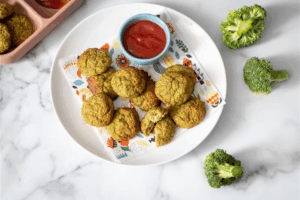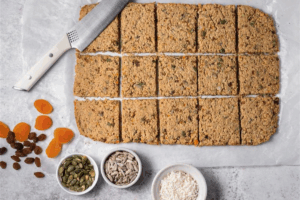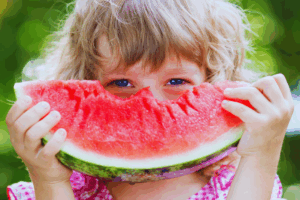WORDS: Carly Leaker, Clinical Nutritionist, BHSc Clinical Nutrition
Many parents are worried about weight loss, and as a result will often load their children up with “calories” – because you want them to be full so they can undertake a full day at school with at least “something in their stomach”. However, the novelty of this can wear off pretty quickly for kids, and the pancakes with sprinkles they were eating for you last week are being refused this week!
If you have a child on medication for symptoms associated with ADHD this can make mealtimes even harder, as medication associated with the condition has been shown to suppress a child’s appetite.
So, what can you do as a parent to work with your child and maximise their nutrition status?
Here are my top 5 tips for maximising nutrition for children with ADHD:
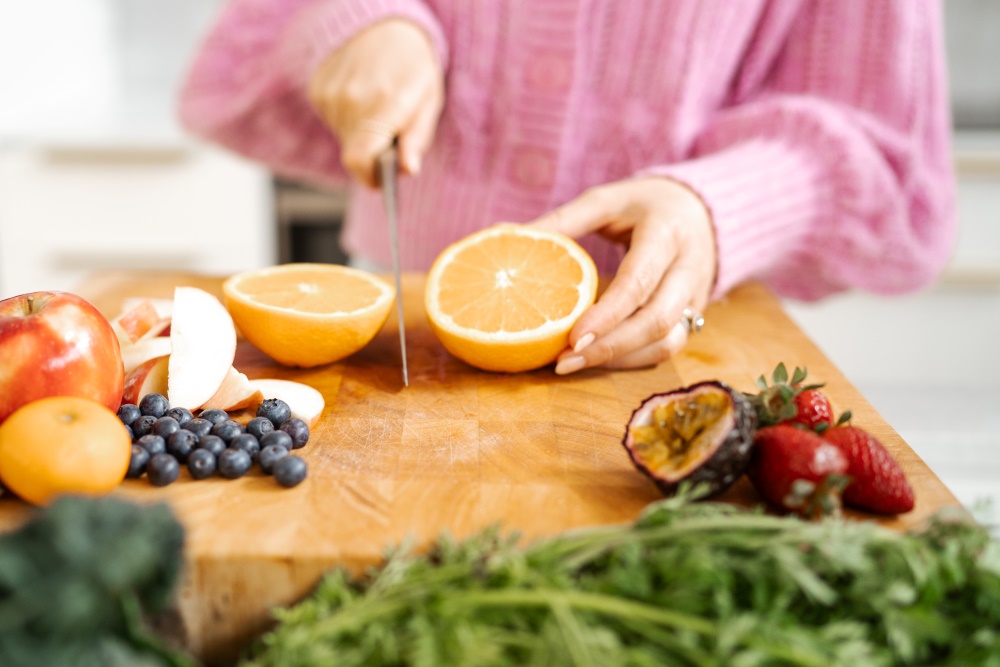
1. Make every mouthful count
Knowing your child has a reduced appetite is the first step, so it’s important that every mouthful counts. In the morning include high protein, high-energy foods, before medication takes effect! Think, full fat dairy, nut pastes, eggs or a protein smoothie. Working with your child to understand their appetite cues is crucial so you are able to maximise their food intake when they are hungry.
High protein / energy foods
- Kids Protein Smoothie – add milk, banana, and a tablespoon of oats. Include Nutra organics protein powder, or Rachel Finch’s Kissed Earth Thrive multi shake for that protein boost!
- Omelette – keep it simple with 2 eggs and cheese, or experiment for your child with cherry tomatoes, baby spinach, mushroom, capsicum and carrot.
- Wholemeal pancakes with blueberries and banana.
- Acai breakfast bowl – the ability for a child to decorate this with fruits, seeds and nuts themselves is a good way for them to have an interest in their mealtime.
2. Reduce the pressure of needing to eat their lunch
Children on medication for ADHD often aren’t hungry at lunch time, and the parent in you worries they need to eat during the day so they can learn. However, your child may not be hungry and is so busy with the stimulation of the day they’d rather run around than eat.
You can balance this by opting for some healthy snacks they can ‘pick’ at without the pressure of a large meal. For example; vegetable sticks and dip or seeded crackers and cheese. We all eat with our eyes – and kids are no different. Including a variety of colourful fruits and vegetables will get your child interested during the times they aren’t feeling hungry.
Snack boxes are a great idea for visually showing off the colourful variety. It is common for many parents to think this is a ‘younger child’s’ lunch box, but these snack boxes are a great way to offer your child a variety and surprise in one. It also helps to get them included in packing their snack box as most kids tend to be drawn to the preference to snack. For the child, this reduces the pressure of ‘needing to eat’ and disappointing parents and themselves.
3. Be ready when school finishes with a healthy snack
Generally, medication is wearing off towards the end of the day, and if your child has not eaten their lunch, you may be picking up a “hangry monster” at the school pick up line. These moments are a great opportunity to use to your advantage. Be ready with something they can eat that will benefit them nutritionally and not spoil dinner.
Quick healthy snack ideas
- Yoghurt and berries
- Homemade sausage rolls
- Wholemeal rice cakes with a nut butter, or vegemite
- Strawberry/blueberry muffins
- Ham and pineapple pinwheels
- Vegemite scrolls
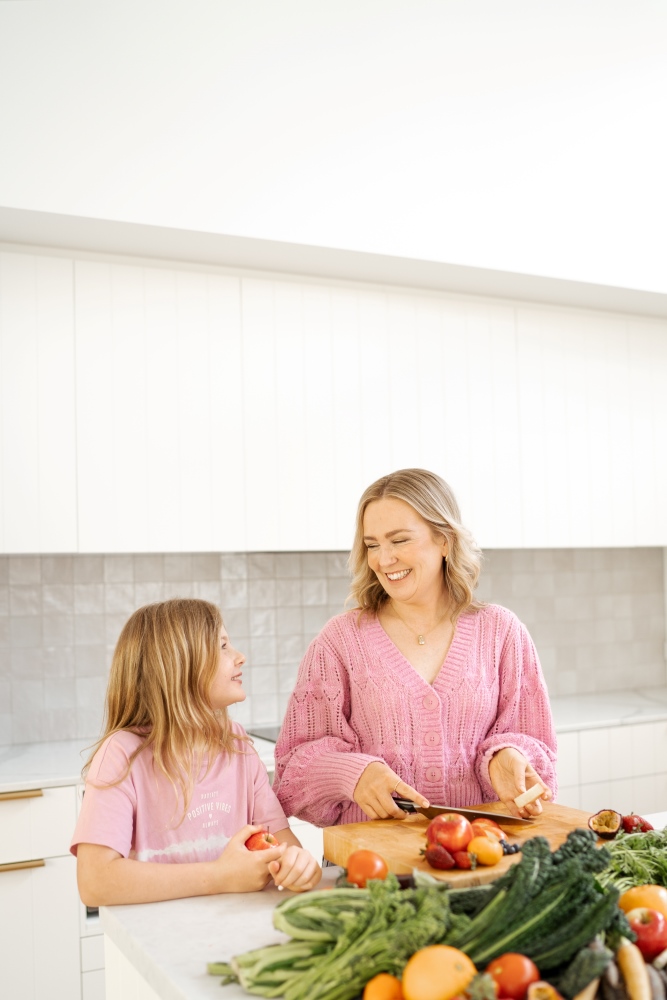
4. Offer extra nutrition when your child’s appetite is greatest
Appetite is often greatest in the morning, so following tips in number 1 will assist in sustained energy for them throughout the day. However, you can get in extra nutrition at dinner time too.
Utilise dinner as the meal to pack them full of nutrients and by upping their vegetable intake for the day. You have given them the option of snacking through their “snack-type lunch” rather than fussing with them at dinner time to eat their vegetables, and protein attempt meals where you can hide vegetables in the meal and your child needs to eat the meal as a whole.
Dinner time veggie boosters
- Spaghetti bolognaise – make the base of your sauce with blitzed carrots, zucchini, and celery or kale (I will often hide mushrooms in mine). I use the same principle with lasagne.
- Chicken meatballs – where you can add veggies to your mixture (zucchini, spinach, carrot).
- Shepherd’s pie – you can blitz veggies and hide them in the base with meat, include beans or make it vegetarian with mashed potato on top.
- Deconstructed burgers – make your own chicken or mince patties and blitz vegetables into the mixture. Cut up a variety of salad toppings and allow your child to build their own burger from what is in front of them.
5. Develop a mealtime routine
Children with ADHD require structure and need to know what is coming next. A set mealtime routine, will help your child to feel organised and calm, which can assist in maximising their attention and enjoyment of mealtimes.
- Have meals for the week written on a planner on the fridge for children to see
- Include your child in meal planning for the week, this will get them excited about the week to come
- Incorporate cooking meals as something your child can be involved in. This gives them a sense of accomplishment and excitement around mealtime and they will more likely want to eat the fruits of their labour
- Keep mealtimes calm and free from distractions such as screens
Key points to remember
- Children eat with their eyes, if you include a variety of fruit and vegetables in their diet—a “rainbow”—you will be providing a balance of important micronutrients that will support their overall health.
- Every child is different and it may take some consistent approaches to meal times to get your child opting-in for the nutritional benefits.
For more information:


